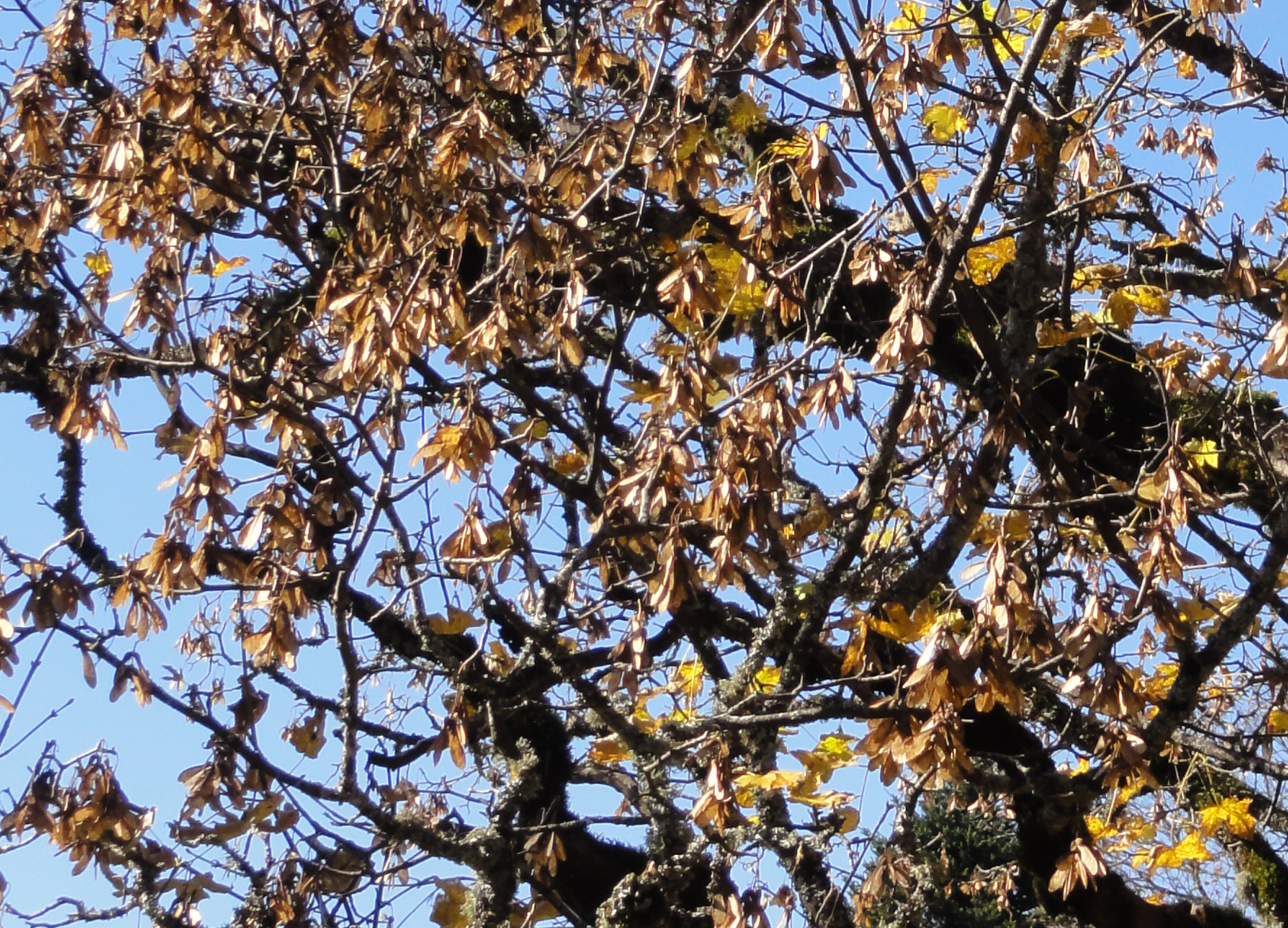Equine Veterinary Journal Early View July 2015
By Heather Ferguson
Equine atypical myopathy caused by hypoglycin A intoxication associated with ingestion of sycamore maple tree seeds
Żuraw A., Dietert K., Kühnel S., Sander J. and Klopfleisch R.
Post-mortem examination was performed on a 2-year-old filly that died following clinical signs of atypical myopathy within 36 hours following ingestion of sycamore. Remnants of sycamore seeds were found in the horse’s stomach. The intercostal, deltoideous and trapezius muscles contained multifocal discoloured areas which on histopathological examination were shown to have the appearance of a severe, acute rhabdomyolysis. There was extensive accumulation of intracellular lipid droplets in affected muscle groups, confirming the presence of a severe lipid-associated myopathy.
Serum creatine kinase (CK) was measured after death and was found to be around 4 times as high as CK activity measured at the same time point after death in control cases.
Hypoglycin A (HGA) is the toxin found in sycamore seeds that has been implicated in atypical myopathy. Using rapid ultra-performance liquid chromatography-tandem mass spectrometry, conjugates of HGA’s active metabolite, methylene-cyclopropyl-acetyl-coenzyme A (MCPA) were detected in both blood and urine of the affected horse. When considered alongside the presence of sycamore seed remnants in the horse’s stomach at post-mortem, this supports a causal link between hypoglycin A in ingested sycamore seeds and the pathogenesis of atypical myopathy.
Bottom line:
This case report provides further evidence to strengthen the hypothesised causal link between ingestion of sycamore seeds containing hypoglycin A toxin and atypical myopathy.
--Ends--


